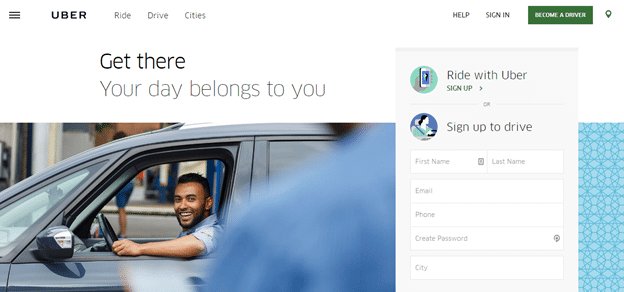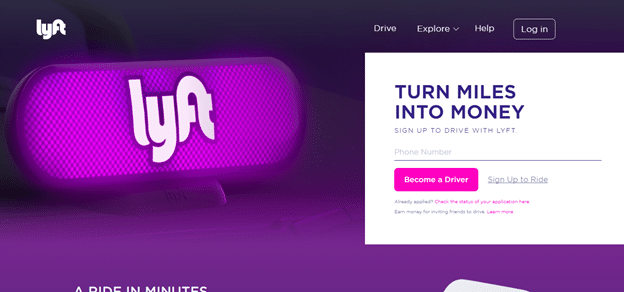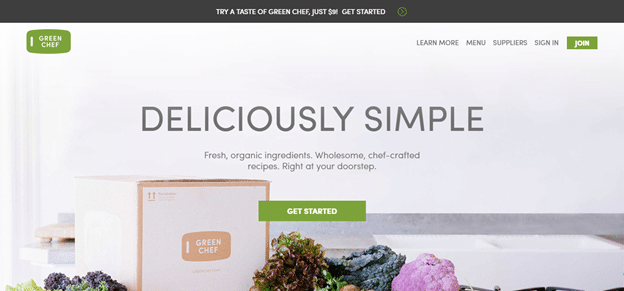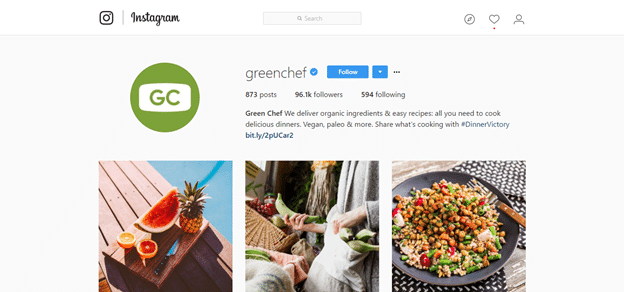Connecting with your audience – Content and necessities on the way to creating the ultimate customer experience
Developing the ultimate customer experience requires a substantial amount of preparation and solid knowledge about your customers and the functioning of the needed media. Connecting with an audience is the foundation of every company and in this article, we intend to bring the notion a little bit closer to you.The relationship between audience and keywords
The bond between audience and keywords can make or break an idea, a product or a company. With this, we mean more than just keywords as in a search engine optimization. We want to know:- What words do your customers associate with your products?
- What words do you want your customers to associate with your products and the mention of your name?
Brand Personas
When having a new product, don’t think of the products characteristics. Instead, think of the people who would benefit the most from your services. Ideally, you would do this by compiling a brand persona to identify your ideal customer. To do this you should complete an assessment of the customer to help you understand the whole market better, along with the customer body and the performance of the brand. The assessment can be resolved using these simple criteria:- Who are my customer exactly? –
- What problems do I solve for my customers?
- Are my customers part of a specific demographic? Are they entrepreneurs, baby boomers, college students, etc?
- How do customers I aim at spend time online?
Segmentation of the audience
Uber is an excellent example of segmentation in practice. As they provide both riding and driving services, the two segments use contrasting approaches to connect with their audience.- When signing up to be driven, you are directed to a page with a minimalistic design and basic colors with strong contrasts. Simplicity equals speed, and speed is what the audience is looking for. Aside from the visual simplicity, a laconic writing style is present. These two form a synthesis of briefness, speed, and efficiency. All the crucial elements that a transport company wants to boast.
- Conversely, the driving service section, the images are more prevalent, and text is also in abundance. There are also longer paragraphs concerning simplicity, freedom of driving and availability. A good opportunity to make money, the absence of a classic boss and flexible work hours – just the arguments needed to persuade someone to become an Uber driver.
Unity and warmth in connecting with audience
Another successful driving service company is Lyft. Although they do implement audience segmentation, we would like to focus on another segment of their very efficient way of connecting with their customers.Connecting with the audience using visuals and words at the same time
A company that employs the verbal-visual connection flawlessly is Green Chef, a food delivery service that specializes in healthy food solution.Final Thoughts
By adding the elements of keyword insight, audience segmentation and verbal-visual connection to your brand, you connect with your audience. This way you can be a part of their journey. If you need more help identifying the best ways to connect with your audience, then we would like to invite you to contact us for a complimentary session with one of our experts here at Shout. We can help connect with your audience. Just give us a Shout!We are digital marketing experts







